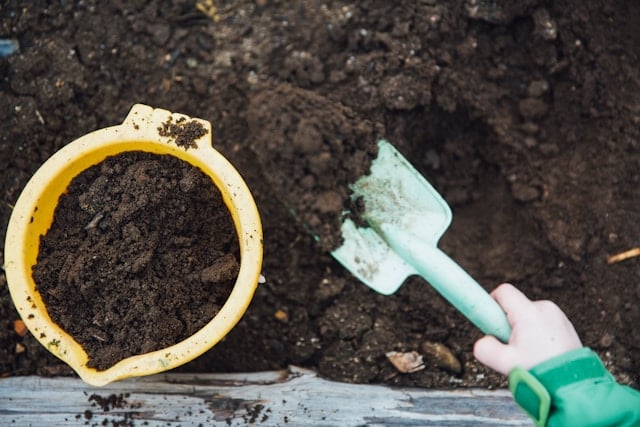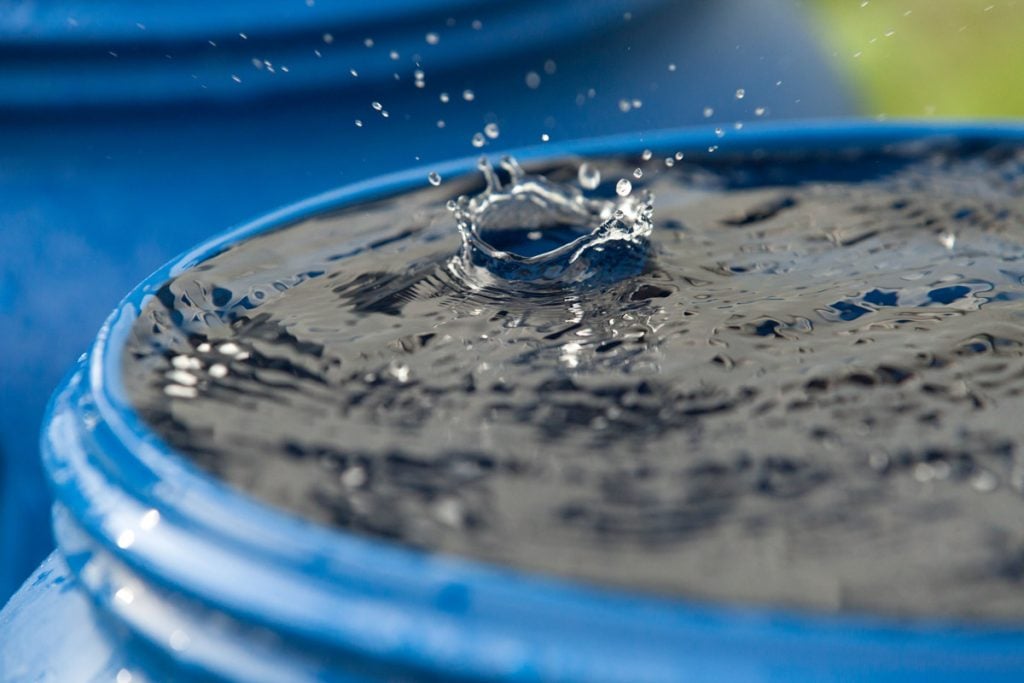Start a Garden Without Spending a Fortune: 8 Budget Gardening Tips

Spring has sprung and so have tariffs.
Gardening can save you money on groceries under normal circumstances, but as President Donald Turmp’s tariffs kick in, growing your own food could save your budget — so long as you don’t get carried away.
Whether you’re working with a backyard, balcony or windowsill, these cost-effective tips will help you grow more for less. From repurposing household items to scoring free seeds, here’s how to plant the garden of your dreams on a budget.
Make money easier. Sign up for The Penny Hoarder’s newsletter today.
1. Start With Seeds, Not Seedlings

Buying seedlings from nurseries is convenient, but those costs add up fast. Instead, start your garden from seeds, which are significantly cheaper. You can often get an entire packet of seeds for the same price as a single plant. Plus, it’s satisfying to watch your garden grow from scratch.
More From The Penny Hoarder: Get Your Finances Together This Year With One of Our Favorite Budgeting Apps
2. Use Kitchen Scraps to Grow New Plants

You might be throwing away perfectly good plants! Many fruits and veggies can regenerate from scraps — think green onions, lettuce and even potatoes. Place scraps in water or soil and watch them sprout. It’s a zero-cost way to extend your grocery bill.
More From The Penny Hoarder: 8 Ways Savvy Shoppers Are Outsmarting Inflation at the Grocery Store
3. Make DIY Containers From Household Items

Forget pricey planters. Use items you already have—yogurt cups, egg cartons or even old boots—as containers for your plants. Just make sure they have drainage holes. Repurposing everyday items keeps waste out of landfills and cash in your pocket.
More From The Penny Hoarder: How To Budget: Create A Household Budget in 4 Simple Steps
4. Compost for Free Fertilizer

Skip the store-bought fertilizer and make your own compost at home. All you need are food scraps (no meat or dairy) and yard waste. Compost enriches your soil naturally and reduces household waste. You don’t need a fancy bin—just a designated pile or DIY container.
More From The Penny Hoarder: 17 Make-Your-Own-Schedule Jobs You Can Do From Home
5. Check Out Local Seed Swaps and Garden Groups

Many communities offer free or low-cost gardening resources, including seed swaps, plant exchanges and gardening clubs. These are great places to pick up supplies and get expert advice. Check Facebook groups, libraries or local extension offices. You can even buy plants and seeds at farmers markets.
More From The Penny Hoarder: 50 Easy Ways You Could Make Extra Money This Month
6. Harvest Rainwater to Cut Utility Costs

Watering can drive up your water bill, especially in the summer. Capture rainwater in barrels or buckets for free irrigation. Just make sure it’s legal in your area (some states have restrictions). A basic DIY setup with repurposed containers can make a big difference.
More From The Penny Hoarder: If You Have More Than $1,000 in Your Checking Account, Make These Money Moves
7. Use Mulch to Reduce Watering and Weeding

Mulch helps retain soil moisture, suppresses weeds and adds nutrients. You don’t need to buy it—use leaves, grass clippings or shredded newspaper instead. It’s an eco-friendly way to keep your garden thriving with minimal effort.
More From The Penny Hoarder: How To Budget: Create A Household Budget in 4 Simple Steps
8. Shop Secondhand for Tools and Other Supplies

Don’t be afraid to shop secondhand to get your garden started. You’ll find good deals on gardening tools, pots and supplies at yard sales, estate sales and thrift stores.
More From The Penny Hoarder: Ditch Overpriced Car Insurance Now — Save $500 Today
8. Start Small and Expand Gradually

Don’t go all-in right away. Start with a few plants and scale up as you gain confidence and learn what works. This prevents waste and keeps your initial investment low. Gardening is a learning process and small wins keep it fun and affordable.
More From The Penny Hoarder: Our Picks for The Best Checking Accounts for This Month
















